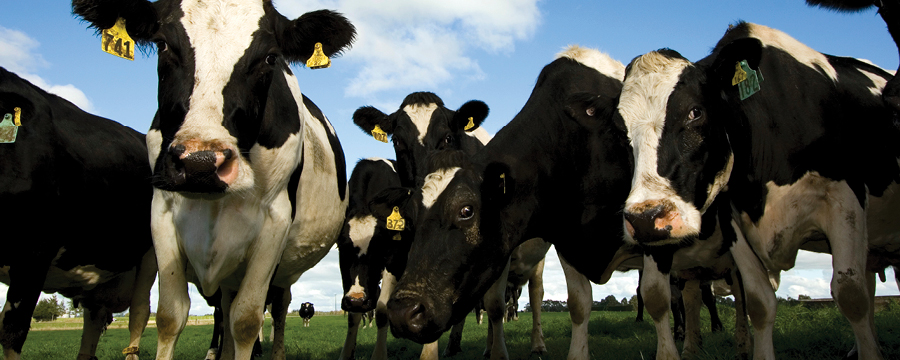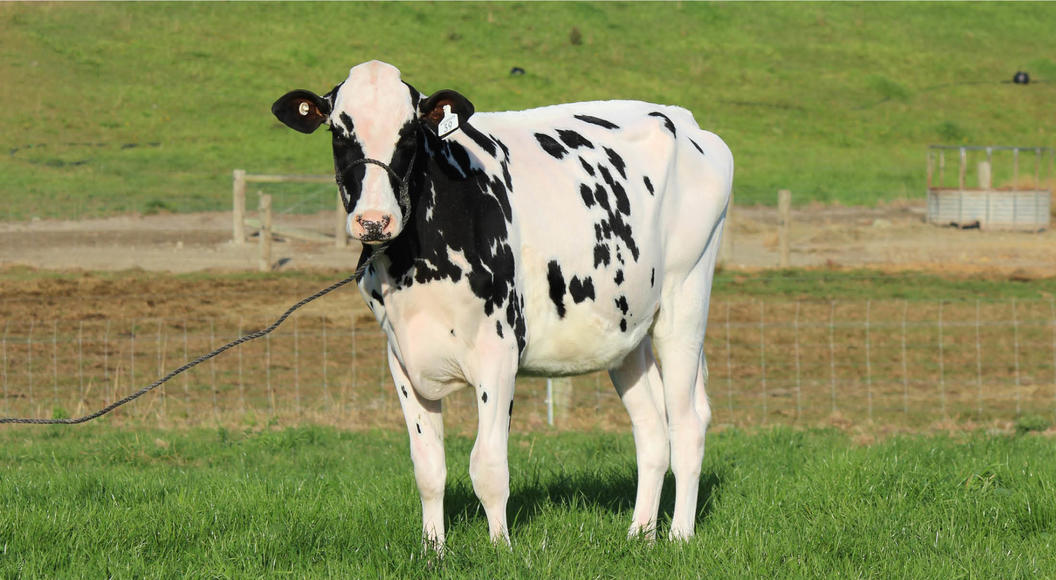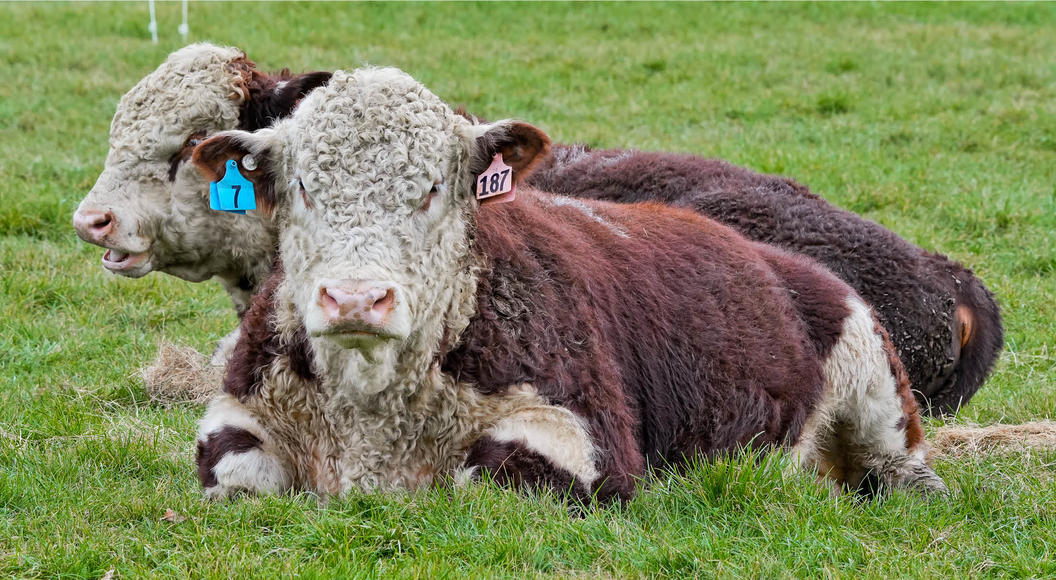
Optimism keeps spring dairy livestock market positive
Trade in dairy livestock has been positive this spring, with farmers encouraged by reasonable grass growth and favourable forecasts for this season’s dairy payout.
PGG Wrightson National Dairy Livestock Manager Jamie Cunninghame says momentum has built since the mid-October start of the dairy beef weaner sale season.
“Although demand is steady, we are seeing lower numbers of dairy beef weaners reared than in the past, which is likely to become prevalent in the next couple of months, when those available will be even more highly sought after. Dairy beef is a significant part of the livestock trade and we may transact those cattle three or four times in the course of their lives. If those numbers are down, it will have a flow on effect for beef farmers when availability becomes shorter than we might normally expect.
“Dairy beef weaner prices are back on last year, on average by around 10 per cent, though calves are also cheaper for rearers, so margins will remain about the same,” he says.
Herd listings for forward sales on 1 May and 1 June are now appearing in the market.
“Early enquiry for herds has been steady. Stock quality is encouraging. However, any farmer considering selling a herd through the course of the season should make contact earlier rather than later. It helps to plan a marketing strategy in advance. Anyone who leaves it too late will find that some buyers have already made their decisions,” says Jamie Cunninghame.
Demand for in-calf heifers may outstrip supply as the season progresses.
“With the quantity of stock that has gone to China this year, in-calf heifers may be in short supply later in the season. Ensuring quality will be a factor for buyers,” he says.
Meanwhile, after a sustained period with little activity, dairy farm sales are rising around the country on the back of low interest rates and investors recognising the good returns that land and agriculture represent relative to alternative options in the current climate. These transactions are likely to have a flow-on effect into the livestock market once properties start settling.


